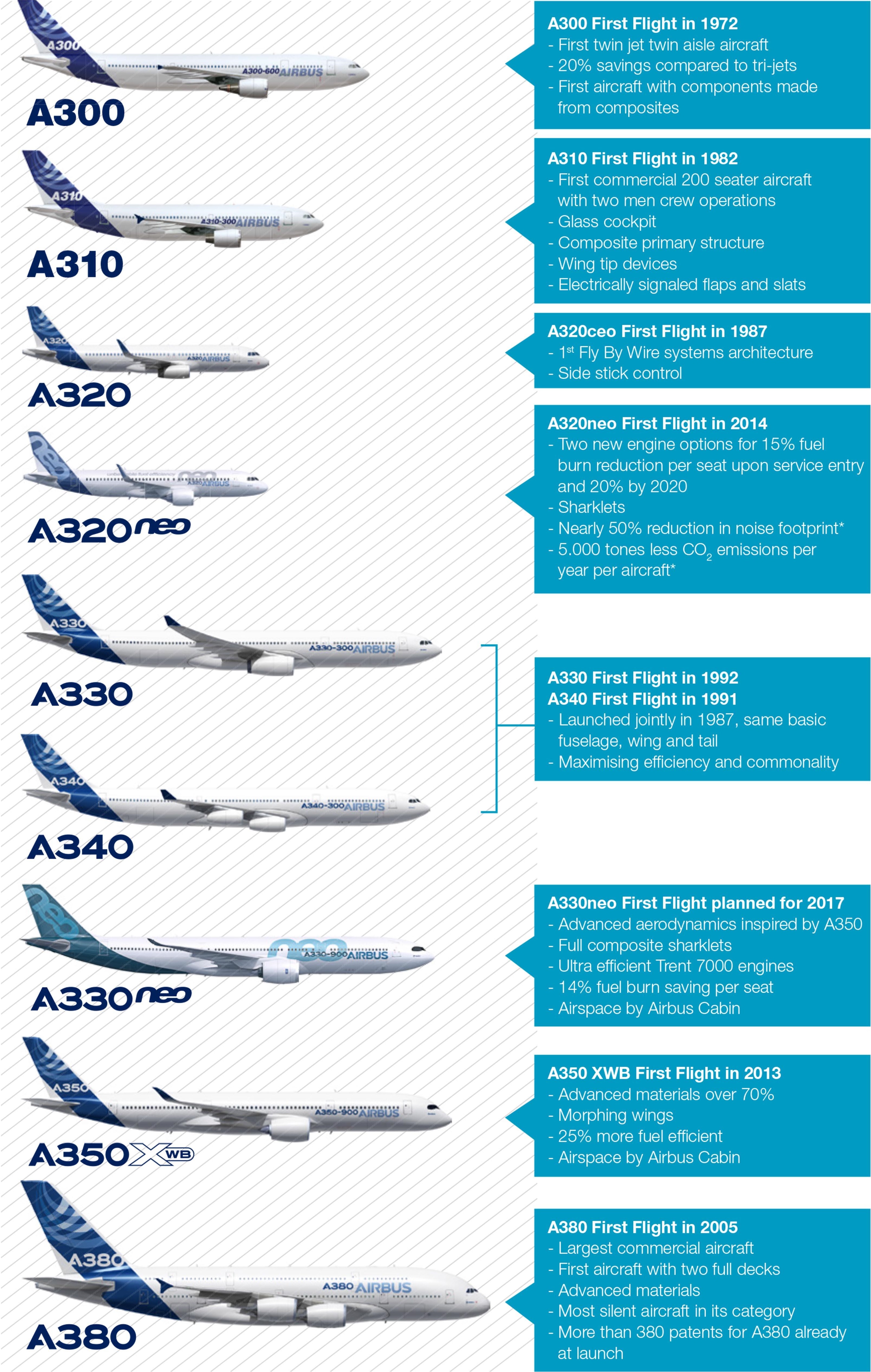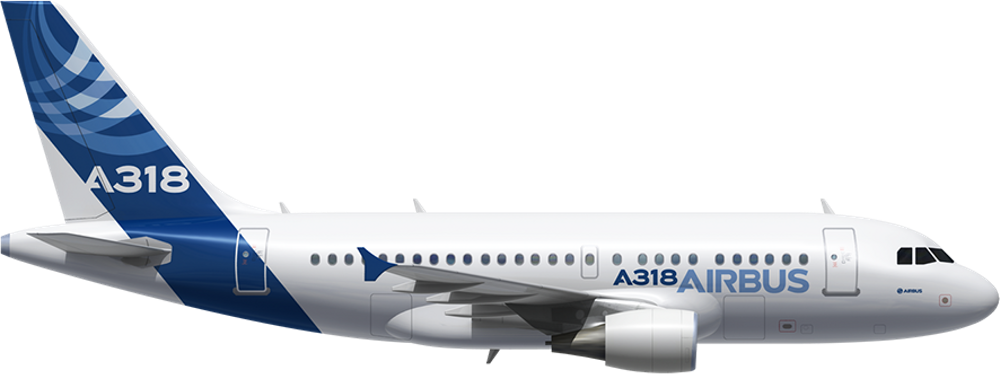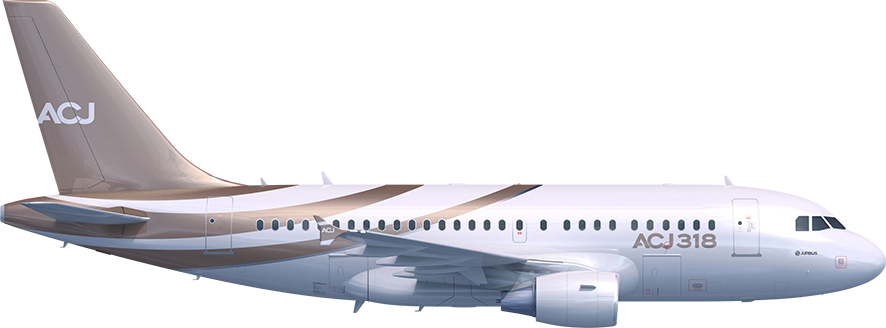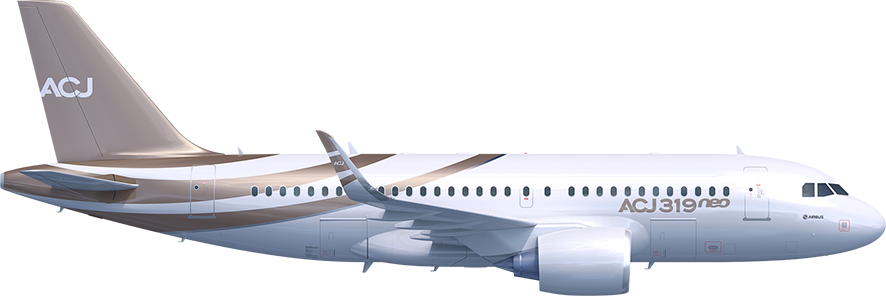A bit of history, the 60s
As it might be evident from many things, one of which this website alone, I have a background in aviation, which is undoubtedly my biggest passion. The aviation world, for those not involved in it, is one of the most interesting ones - I’d dare to say - and that comes not only from the work ethic, the safety culture, the study of human factor and psychology as a whole, the physical, mathematical and mechanical achievements that it constantly requires, but especially by the magnificent technology that drives it (and viceversa).
If you’re aiming for a technological breakthrough, usually there are two sectors that you might looking at:
- The Aeronautical (and Aerospace, even more) industry
- The medicine studies (and you might be amazed by how much this is actually connected to the previous one) It’s certainly safe to say that if some technology is in work in the aviation companies, it might be years or even decades before its commercial application in everyday’s life. Think about the autopilot, just to mention one.
In an area this complex and competitive, the competitors are actually quite few. Before the ‘70s, there were just two countries pulling the strings: the USA (with Boeing, McDonnell Douglas, and Lockheed) and the URSS (with Antonov 🇺🇦, Tupolev and Sukhoi). But the ‘70 brought some fresh air with projects like the Concorde, or the foundation of the Brazilian Embraer and the French Airbus.
And although I might write for hours about all of them, I’ll skip forward as it’s going to be with the last one, that I want to start this story.
70s, Airbus & the A300
Airbus is not new to the environment (it could in fact rely on big and well-established European producers all over France, Germany, the UK and Spain - most of which will end up merging within the the Airbus Group), but is new to this game. Building up an aircraft is a massive iter, requiring extensive know-how, technical and mathematical skills and revolutionary ideas, all of which usually translates to decades of product research and continuous improvement, starting with smaller planes and stepping up to ever increasingly big and complex machine.
Perfect. Airbus announces itself to the world in big style with a massive wide-body, twin-engine aircraft, the A300. And not the first combining both, but also a technological masterpiece. We’re talking about the first large scale adoption of composite materials on secondary and then, primary structures, the first use of electrical signaling for secondary controls and the introduction of both drag-reducing wingtip devices and center of gravity control, the first two-man forward facing cockpit for a twin-aisle, pushing the aviation towards the adoption of new rules, like ETOPS. This plane alone, arguably single-handed led the jets revolution.
It was on the (amazing) foundations of this plane that Airbus starts following project like the A310 (a smaller version of the A300), but especially to the today’s star, the A320, followed by the long plethora of models that we know today.

80s, the A320 is born!
Ever since I started studying - and later on, working - with this beautiful aircraft, I’ve never stopped getting amazed by the infinite technological gems that brought it to the success it rightfully deserves. As some might know, I work in the simulation industry, and have the indescribable luck of getting to work with machines of different eras, manufacturers, types or even minor revisions. And here, the definition of “never stop leaning”, gains an easy example. But one, amongst all, earned my respect the most: the A320 family.
The A320 is a narrow-body, twin engine, twin aisle, short-medium (and even long!) range aircraft. Second clean sheet Airbus, it continues with the work that the A300 started: getting out a plane nothing like the rest. And on doing so, it actually surpasses the gap the A300 started. The A320 is, in fact, the first commercial plane adopting the Fly-by-Wire system, accompanied by a revolutionary autopilot and set of system protections and redundancy.
In a traditional aircraft, the pilot physically manipulates control surfaces like the yoke or stick, which are connected mechanically to the aircraft’s control surfaces (ailerons, elevators, and rudders). In a fly-by-wire system, these mechanical linkages are replaced by electronic sensors and computers. FBW works on these components:
- Sensors: Sensors on the aircraft measure pilot inputs (such as movement of the control stick or pedals), as well as various flight parameters like airspeed, altitude, and attitude (the orientation of the aircraft).
- Computer Control: These sensor inputs are transmitted to a computer or a series of computers, often redundant for safety reasons. These computers interpret the pilot’s commands and continuously monitor the aircraft’s flight status.
- Control Surfaces: Based on the data from the sensors and the pilot’s inputs, the computers determine how to move the aircraft’s control surfaces (ailerons, elevators, and rudders) to achieve the desired flight path.
- Actuators: Electric or hydraulic actuators then move the control surfaces accordingly. These actuators are responsible for physically moving the aircraft’s flight control surfaces as directed by the computer.
Different aircraft manufacturers and models may implement fly-by-wire systems with varying degrees of automation and sophistication. Some aircraft have partial fly-by-wire systems (like my beloved 737 MAX), where only certain flight control surfaces are electronically controlled, while others, like our A320, have full fly-by-wire systems that control all aspects of flight.
Flight Control Laws
Fly-by-wire systems offer several advantages, like Improved Control, as they allow for more precise and responsive control of the aircraft, enhancing safety and maneuverability while Reduceing Pilot Workload, Maintenance and Weight Savings, since FBW systems can reduce the weight of the aircraft compared to traditional mechanical control systems and can be easier to maintain, but most importantly, they allow for Envelope Protections. FBW systems can prevent the aircraft from entering dangerous flight conditions or stalls by limiting control inputs. Within Airbus, these protections take the name of Flight Control Laws, and are essentially 3:
Normal Law
- Normal Operations: Normal Law is the standard mode of operation during most phases of flight when all systems are functioning correctly.
- Envelope Protection: It provides extensive envelope protection, meaning it prevents the aircraft from exceeding its safe flight envelope. For example, it won’t allow the aircraft to stall or perform extreme maneuvers.
- Load Factor Protection: It limits the aircraft’s load factor to ensure structural integrity.
- Pitch and Roll Control: Normal Law offers full control of pitch and roll. The aircraft responds to the pilot’s inputs in a predictable and stable manner.
- Auto-Trims: It automatically trims the aircraft to maintain stability.
Alternate Law
- Degraded Systems: Alternate Law is engaged when there is a partial loss of certain flight control system redundancy or when specific sensors fail.
- Envelope Protection Reduced: Some aspects of envelope protection are reduced or eliminated. For instance, there might be no protection against high angle of attack or stall.
- Reduced Automation: Flight control automation is reduced, and the aircraft responds more directly to pilot inputs. It may require greater pilot attention and skill.
- Auto-Trims: Auto-trimming functions may be less active or unavailable.
Direct Law
- Severe System Failures: Direct Law is the least automated mode and is typically activated in response to severe system failures, such as multiple sensor failures or complete loss of some flight control systems.
- Manual Control: In Direct Law, the aircraft responds directly and linearly to the pilot’s control inputs. There’s no flight envelope protection, load factor protection, or auto-trim.
- Manual Trim: The pilot may need to manually trim the aircraft for proper control.
- Reduced Redundancy: Redundant systems are bypassed, and the aircraft operates with the remaining available control systems.
It’s important to note that the transition between these laws is typically seamless and automatic, with the aircraft’s systems responding to the situation at hand. Pilots are trained to handle these law changes and adapt their flying techniques accordingly, particularly in the event of degraded or failed systems. The primary goal of these control laws is to enhance safety and maintain control of the aircraft even in challenging situations.
The A320 Family
Starting from the A320 itself, Airbus cleverly built on its base more variants, namely the A318, A319 and A321, with increasingly longer fuselages and often, range.
Each variant and relative revisions also accommodates different specs, like:
- Variants: 100 and 200: 100 On the A320, missing wingfence, whereas A321 was just a enlonged version of the A320, so reduced range
- Powerplants, furtherly categorised by:
- Engine OEM (CFM, IAE, PW)
- Models (CFM56 vs LEAP-1A, V2500 vs PW1100G), based on generation
- Revisions (CFM-56
xx, V25xx-Ax, PW612xA, LEAP-1Axx, PW11xxG-JM), based on a multitude of factors like aircraft variant (requiring different thrust options, varying outputting kN), performance and efficiency improvements (like minor bypass-ratio changes, combustion chambers improvements, reworked reversers deployment etc.)
- Wings: like introduction and modification of winglets, or minor modifications to the wing shape itself
- Standards: although each aircraft is independent and its features based on the registrations per se, Airbus works on new sets of features on so called standards. Consider them major software and (for the most part, minor) hardware modifications compared to each other. Find below a few highlight from some of them:
- Std 1.0: Initial Release
- Std 1.4: Updated FAC, Alternate sources for FMGC and MCDU, Updated ELAC, SEC and FCDC, changeover to LED Switch Lighting
- Std 1.5: Updated FCU, FMGC, BSCU, ISIS, CDLS and FADEC
- Std 1.6: Updated FMGC (commonality across all A320 family plus A330/340), FWC, ADIRS, ECU (on CFM Engine aircraft), EEC (on IAE Engine aircraft)
- Std 1.8: Updated FCU, RMP and ACP, LCD Screens instead of CRTs, FANS B
- Std 1.9: New AP/FD TCAS, ROPS, FANS A+/B+, ATSAW, Updated EFCS, FADEC
- Std 2.0: Support for new engine option, New BUSS, GLS, LED cockpit, Updated APU, WRX Panel
- Std 2.1: Continuous Descent Approach, SHARP, TOS2, Harmonized PFD, new FADEC, FANS C, ISIS and HUDs
- Std 2.2: Airport on screen (like A350)…
ongoing
A320E
Airbus initiated the A320 Enhanced (A320E) program in 2006, comprising a series of enhancements aimed at achieving a 4–5% increase in efficiency. These improvements encompassed the integration of large winglets (contributing to a 2% gain), aerodynamic refinements (1% enhancement), weight reduction measures, and the introduction of a new aircraft cabin.
Furthermore, engine enhancements were implemented to reduce fuel consumption by 1%. These engine improvements were first introduced in 2007 with the CFM56 Tech Insertion, followed by the V2500Select (One) in 2008.
The A32xneo
The A320neo family (neo being Greek for “new”, as well as an acronym for “New Engine Option”) is based on the previous A319, A320, and A321 (enhanced variant).
Re-engined with CFM LEAP (LEAP-1A) or Pratt & Whitney GTF (PW1100G) engines and fitted with sharklets as standard, it is 15% to 20% more fuel efficient than prior models, retroactively renamed the A320ceo (Current/Classic Engine Option). It was launched on 1 December 2010, made its first flight on 25 September 2014 and was introduced by Lufthansa on 25 January 2016.
By 2019, the A320neo had a 60% market share against the competing Boeing 737 MAX. As of September 2023, a total of 9,717 A320neo family aircraft had been ordered by more than 130 customers, of which 2,983 aircraft had been delivered. The global A320neo fleet had completed more than 5.51 million flights over 11 million block hours with one hull loss being an airport-safety related or non-aeronautical accident.
A neo variant for the Airbus A318 was not proposed as it could have been developed should demand arise, but nowoadays this plan is no more an option due to the acquisition of the Bombardier C series, now rebranded as Airbus A220. The A321neo also comes in 3 variants itself:
- the standard A321neo, with all the modifications shared by the A319neo and A320neo
- the A321LR (Long Range), launched in 2015 - a longer (7400km) range 97t MTOW (maximum takeoff weight) variant with three auxiliary fuel tanks
- the A321XLR (eXtra Long Range), still under certification - an even longer range variant, with 8700km of effective range and MTOW of 101t. This plane is intended to compete with the (still concept) Boeing NMA, commonly referred to as 797.
Airbus Corporate Jets
Following the success of the 737-BBJ (Boeing Business Jet), Airbus decided to join the business jet market with the A319 Corporate Jet in 1997. In 2007, Airbus Corporate Jets, a business unit of Airbus SAS and part of Airbus, is born.
The ACJ family is based on the successful A320 family of aircraft, beginning with the A319CJ. Up until now, any version of the A320 has been available as a corporate jet (aside from the A321XLR) with a 180-minute ETOPS rating. Changes over the passenger versions include an increase in service ceiling to 41,000 ft (12,000 m) and the use of a variable number of removable additional fuel tanks.
Although the term Airbus Corporate jet was initially used only for the A319CJ, it is now often used for all models, including the VIP widebodies. Types include the A318 Elite to the double/triple-decked Airbus A380 Prestige (or at least, they wished). As of June 2019, 213 corporate and private jets are operating; 222 aircraft have been ordered, including 128 A320 family jets.
The Airbus Corporate Jet Centre is based in Toulouse, France, and specialises in single-aisle aircraft.
The Freighters
One might be shocked, but even narrow-body planes can make up to be a good cargo boi, and the 737F makes a perfect example. Of course, Airbus wanted to ride the wave and transfer the success of the A320 Family into the freighter world, making use of the efficiency and modern technology of this outstanding aircraft. Hence, the existing passenger version had been converted to cargo, giving life to the A320/A321P2F, aka “Passenger To Freight”.
The A321P2F is uniquely positioned to replace ageing (but still beautiful) 757F, and boasts the largest operator base and unprecedented feedstock for conversion - 4500+ in next 20 years.

Conclusion
Well, although there is an endless more to speak about this plane, what above is just a glance of the marvellous technical features that this plane embraces. Watching it back, with the eyes of a man in the ’80s, it seems almost impossible to believe how this plane could still revolutionize and lead the commercial aviation industry 40 years later.
And I guess it is safe to say that we will keep the habit of having this Airbus product flying over our head for years and decades to come. Good job, Airbus.








